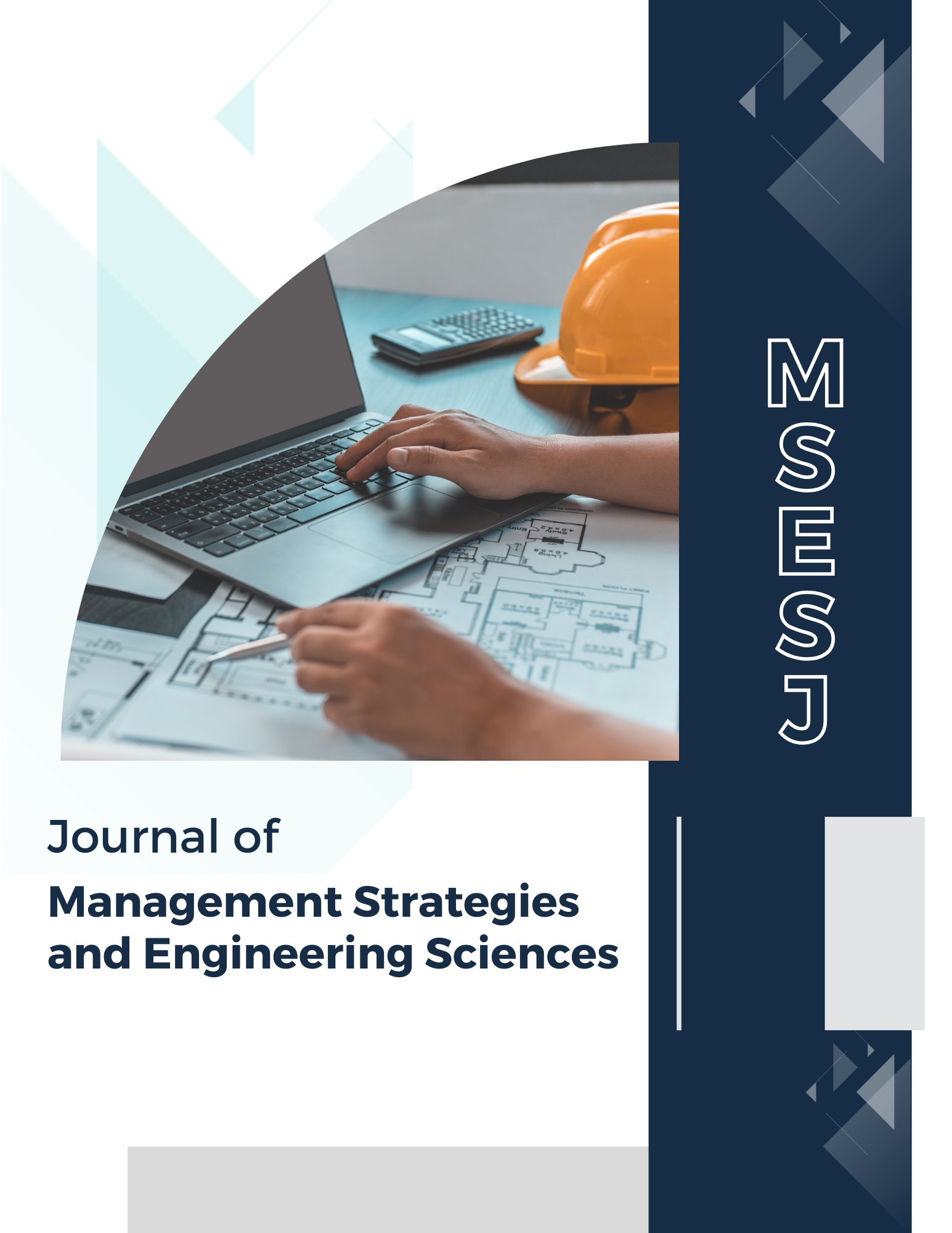Decision-Making Models in Engineering Management: Balancing Risk, Cost, and Quality
Keywords:
Decision-making models, engineering management, risk management, cost management, quality managementAbstract
Decision-making in engineering management is a critical process that requires balancing three key factors: risk, cost, and quality. This narrative review explores various decision-making models employed in engineering management, ranging from traditional approaches like Cost-Benefit Analysis (CBA) and risk assessment models such as Failure Mode and Effects Analysis (FMEA) and Fault Tree Analysis (FTA) to more advanced and integrated models like Multi-Criteria Decision-Making (MCDM) techniques, Monte Carlo Simulations, Value Engineering (VE), and Lean Six Sigma. The review examines how these models manage the intricate trade-offs between risk, cost, and quality, providing insights into their practical applications and limitations. It also discusses the interrelationship between these factors and the challenges of achieving an optimal balance. Through a critical analysis, this review identifies gaps in the current literature and suggests areas for future research, particularly in integrating these models with emerging technologies such as artificial intelligence and machine learning. The findings highlight the importance of selecting the appropriate decision-making model based on project-specific needs and continuously adapting the model as conditions evolve.













